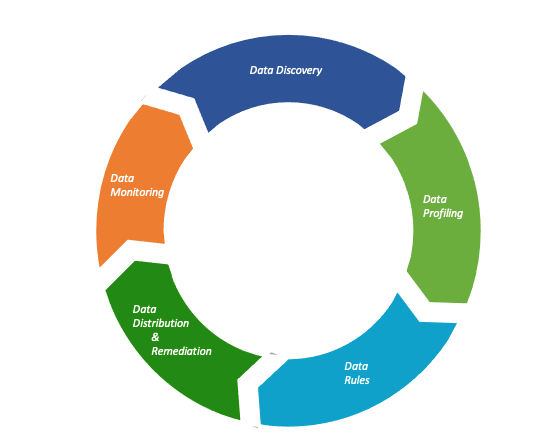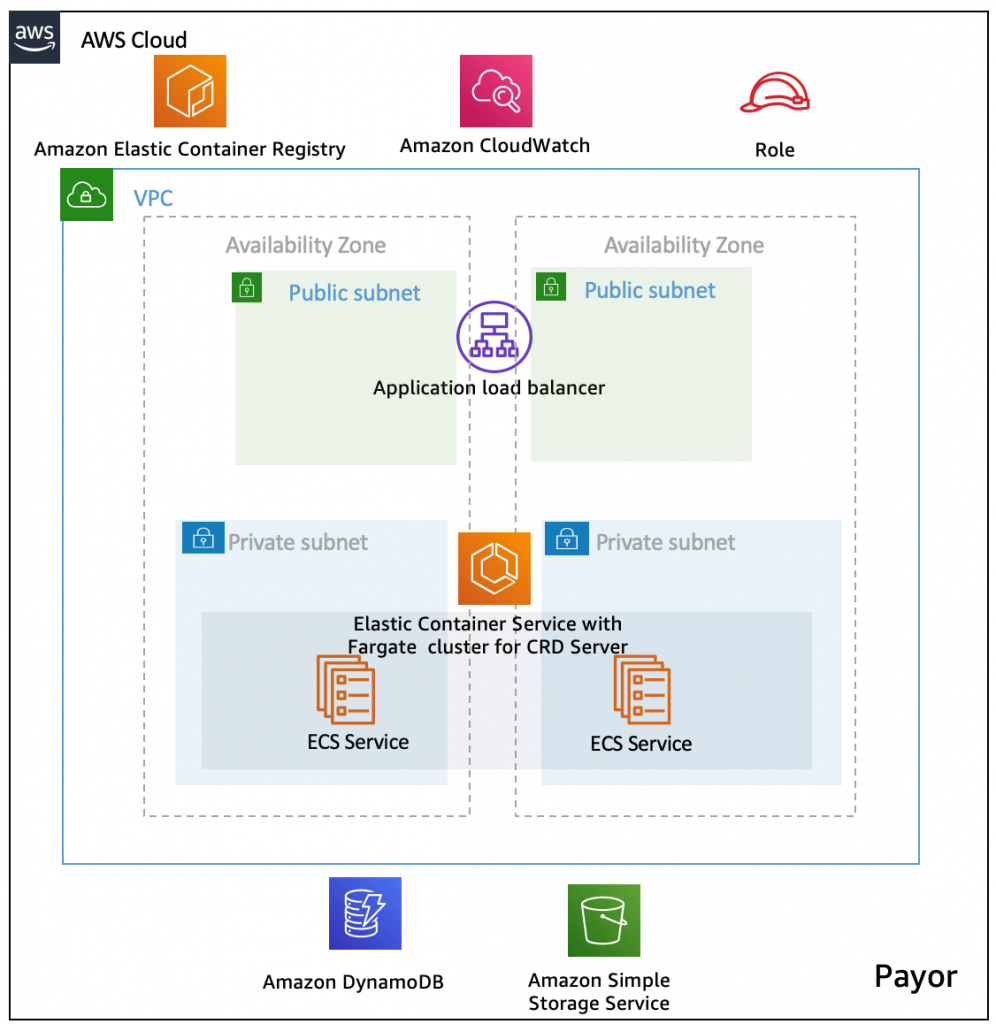AWS for Industries
Category: Amazon DynamoDB
How to Architect Data Quality on the AWS Cloud
Financial institutions such as FINRA, Nasdaq, and National Australia Bank have built data lakes on AWS to collect, store, and analyze increasing amounts of data at speed and scale. A data lake allows organizations to break down data silos and store all of their data – structured, semi-structured, and unstructured – in a centralized repository […]
Livestock Health and Quality of Life Monitoring on AWS with Agriculture Leader AGCO
September 8, 2021: Amazon Elasticsearch Service has been renamed to Amazon OpenSearch Service. See details. Introduction AGCO is an international Agriculture company focused on professional farm machinery that customers use through every phase of the farming process. AGCO’s Grain & Protein product lines include: a full-line of feed storage and delivery systems, feeders, scales, ventilation, […]
Improving the Utilization of Wearable Device Data using an AWS Data Lake
The key to meaningful progress in key global healthcare initiatives, like value-based care, reduction in costs, reduction of errors, and improving outcomes, lies within the vast quantity of data from sources ranging from medical imaging to electronic medical records. IDC projects the total universe of healthcare data to grow approximately 400% between 2020 and 2025, […]
Recapping re:Invent: What’s New in Retail
AWS re:Invent 2020, our annual conference for AWS leaders to share the latest advances in AWS technologies, has been a huge success so far. For three weeks, we’ve heard about cutting-edge innovations from keynote speakers, and in this blog, I would like to discuss some of the latest announcements that are most relevant to the […]
How to deliver headless commerce in retail
Retailers who want to modernize their selling systems have a wealth of technologies available. Those who have already moved to a modern technology infrastructure are reaping the benefits of reduced maintenance, more business agility, and better customer experiences. CIOs can choose to refactor existing systems and slowly migrate functional areas, or they can make a […]
Liveness Detection to Improve Fraud Prevention in Financial Institutions with Amazon Rekognition
Note: We recommend customers to explore Amazon Rekognition Face Liveness, a new feature to deter fraud in facial verification, that is now generally available. Face Liveness detects spoofs presented to the camera (e.g. printed photos, digital photos or videos, or 3D masks) and spoofs that bypass the camera (e.g. pre-recorded real or deepfake videos). Face […]
Simplify Prior Authorization in Healthcare with AWS and HL7 FHIR
Prior authorization is a process to obtain approval from a health insurer or plan that may be required before you get a health care service, treatment plan, prescription drug, or durable medical equipment in order for the service or prescription to be covered by your plan. Your health insurance company uses a prior authorization requirement […]
Preparing restaurant, catering, and food service companies for the California Consumer Privacy Act
Notice: Customers are responsible for making their own independent assessment of the information in this blog post. This post: (a) is for informational purposes only and nothing in this post constitutes (or is intended to constitute) legal guidance or advice with respect to the matters set forth herein, (b) represents current AWS product offerings and […]
Enabling efficient patient care using Amazon AI services
Artificial intelligence can speed up the development of new drug development, be a bridge to personalized medicine using the information of our genomes, and help address the problem of a chronic shortage of doctors (especially in countries where health services are underdeveloped). However, significant challenges remain before we can get there. The challenge The application […]
Simplify seismic data management and improve decision-making using serverless solutions
Major oil and gas companies are likely to have seismic data spanning decades and consuming Petabytes (PBs) of storage. This seismic data is often stored across a variety of different storage mediums depending on operational requirements, including: Network-Attached Storage (NAS), Magnetic tapes and USB devices. This data management approach has led to seismic data duplication […]









